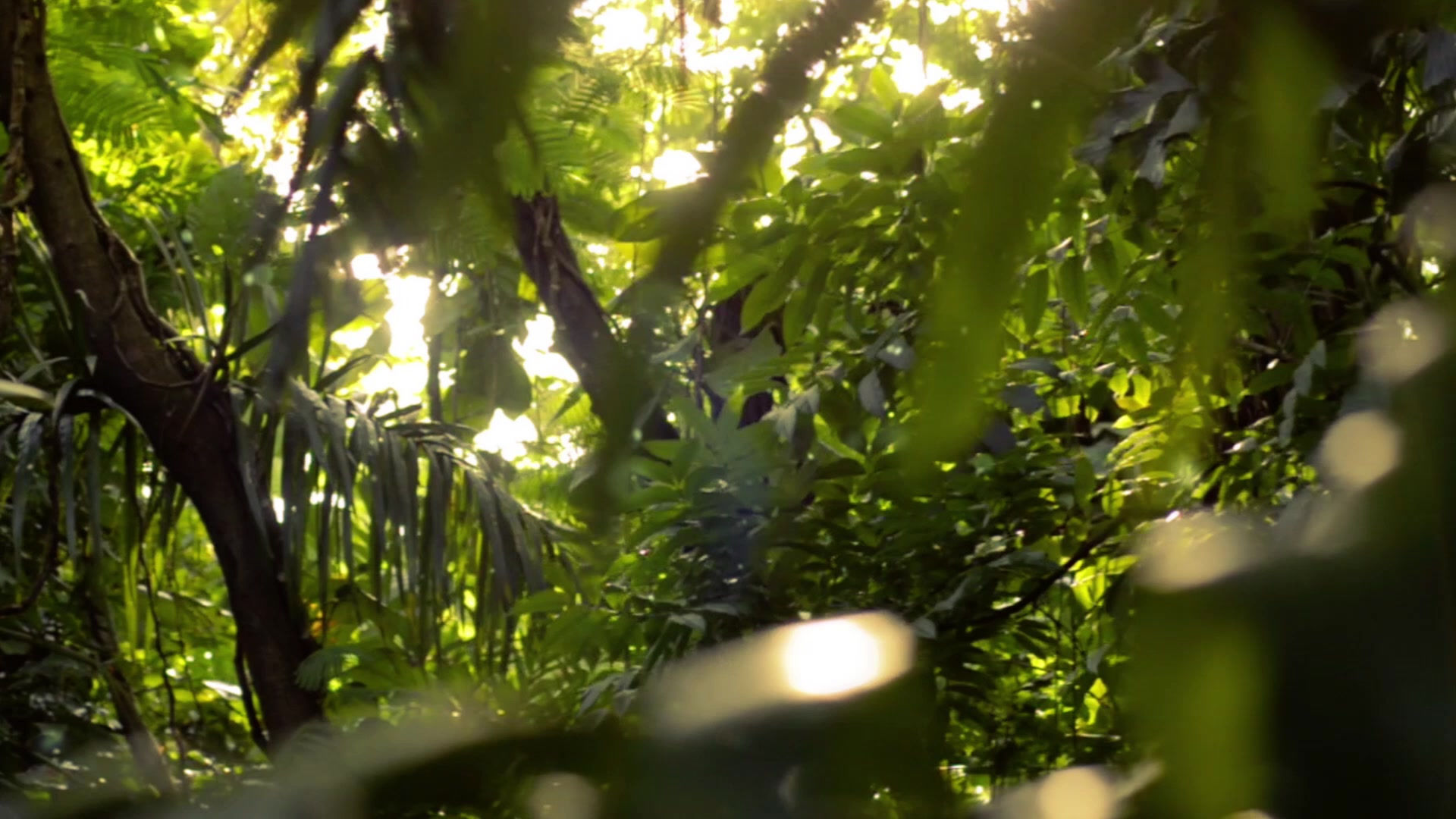

Origins
Each tribe has its own legend or story about how they came to use Kambo. The most prevalent legend comes from Brazil.
This Kaxinawá legend tells that the Indians of the tribe were very ill and their medicine man (Pajé in Brazil) had done everything that was possible to cure them. All medicinal herbs known were used, but none helped.
Under the effect of sacred plant medicines, he entered the forest and whilst there received a visit from a female spirit of the forest.
She brought in her hands a frog, from which she took a white secretion, and taught the Pajé how to apply it. Returning to the tribe and following the guidelines he had received, the Pajé was able to cure his brothers and sisters. From then on he was known as Pajé Kampu or Kampum.
After his death, his spirit lived on in the frog, where it continued its mission to protect the health of those who defend the forest. The secretion became known as Kambo but in some tribes it is called Sapo, Dow-Kiet, Kampu or Vacina da Floresta.
Usage spread, and for thousands of years, Kambo has been used as medicine by the Kaxinawá people, and by many other indigenous groups including the Amahuaca, Katukina, Kulina, Yawanawá, Matses, Marubo and Mayoruna. It is still used widely amongst indigenous people in the Amazon to this day.
The first observations of Kambo use were made by a French priest, Father Constantin Tastevin in 1925 whilst he was staying with the Kaxinawá tribe in the upper Juruá River in Brazil. In the 1980’s an American Anthropologist, Katherine Milton described Kambo use among the Mayoruna tribe in Brazil and in the 1980s Peter Gorman wrote about his experiences taking Kambo with the Matses tribe in Peru.
During the 1990’s, rubber tappers in Brazil learned about Kambo from the Amazon Indians. They began to take it out into the towns of Acre and apply it themselves. Having spent several years living with the Katukina, Francisco Gomes from Cruzeiro do Sol was one of the first people to pioneer the use of Kambo outside the Amazon. The practice spread and soon people in the larger cities of Brazil were using Kambo.
In 2004, ANVISA, the Agência Nacional de Vigilância Sanitária in Brazil prohibited any advertising of the medicinal and therapeutic benefits of Kambo. This was in response to representation made to the Brazilian government by the Katukina people with regard to intellectual property rights. Aside from this restriction, Kambo is legal everywhere in the world.